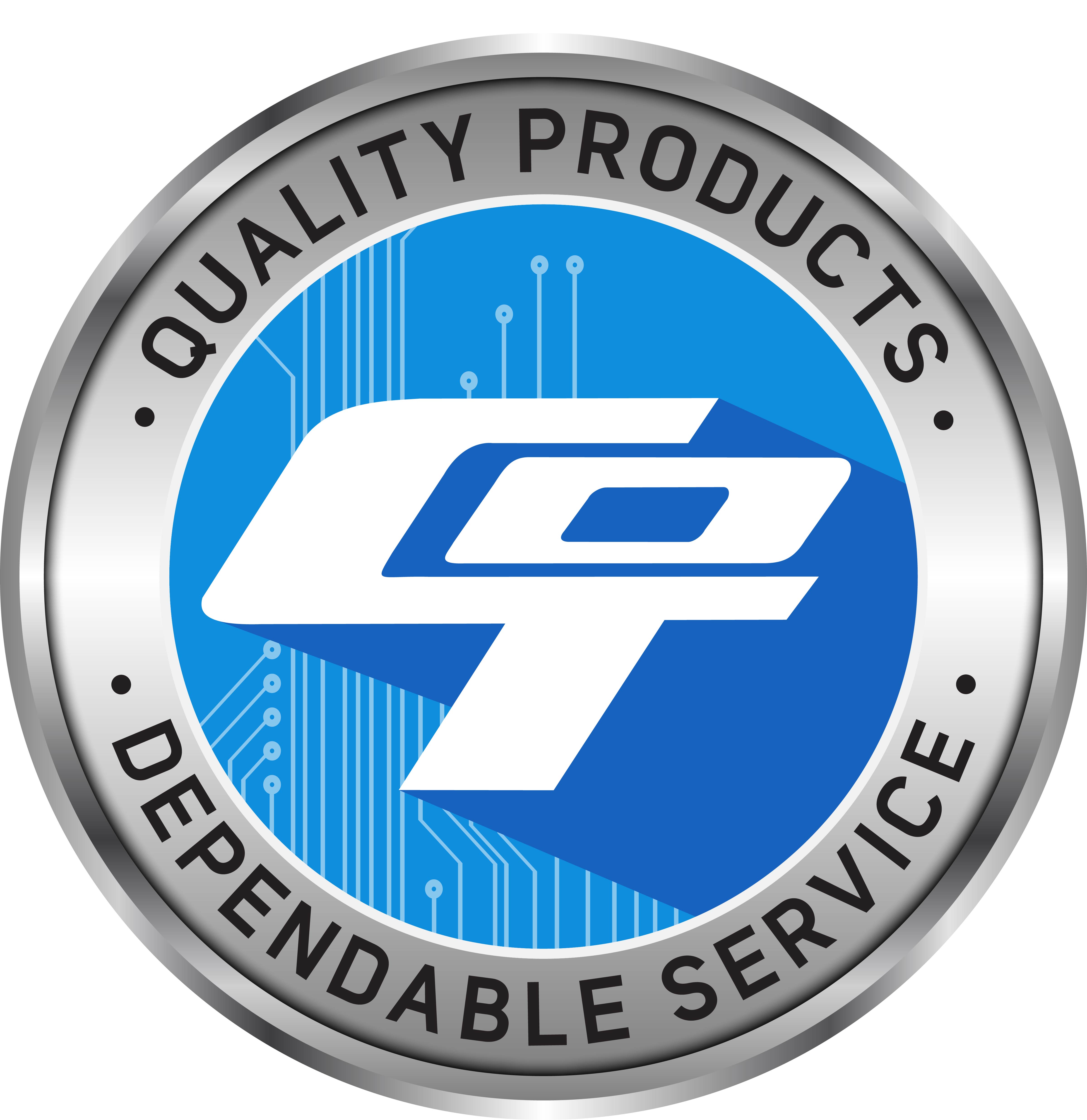Technical Library | 2013-02-07 17:01:46.0
Silicone contamination is known to have a negative impact on assembly processes such as soldering, adhesive bonding, coating, and wire bonding. In particular, silicone is known to cause de-wetting of materials from surfaces and can result in adhesive failures. There are many sources for silicone contamination with common sources being mold releases or lubricants on manufacturing tools, offgassing during cure of silicone paste adhesives, and residue from pressure sensitive tape. This effort addresses silicone contamination by quantifying adhesive effects under known silicone contaminations. The first step in this effort identified an FT-IR spectroscopic detection limit for surface silicone utilizing the area under the 1263 cm-1 (Si-CH3) absorbance peak as a function of concentration (µg/cm2). The next step was to pre-contaminate surfaces with known concentrations of silicone oil and assess the effects on surface wetting and adhesion. This information will be used to establish guidelines for silicone contamination in different manufacturing areas within Harris Corporation... First published in the 2012 IPC APEX EXPO technical conference proceedings.
| 1 |

COT specializes in high quality SMT nozzles and consumables for pick and place machines. We provide special engineering design service of custom nozzles for those unique and odd components.
2481 Hilton Drive
Gainesville, GA USA
Phone: (770) 538-0411